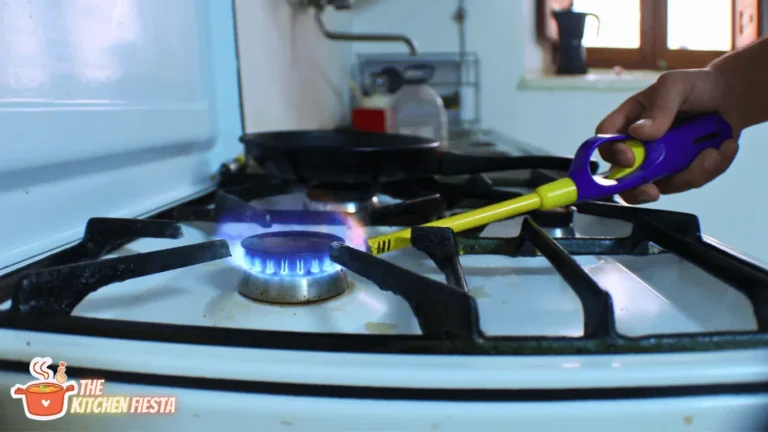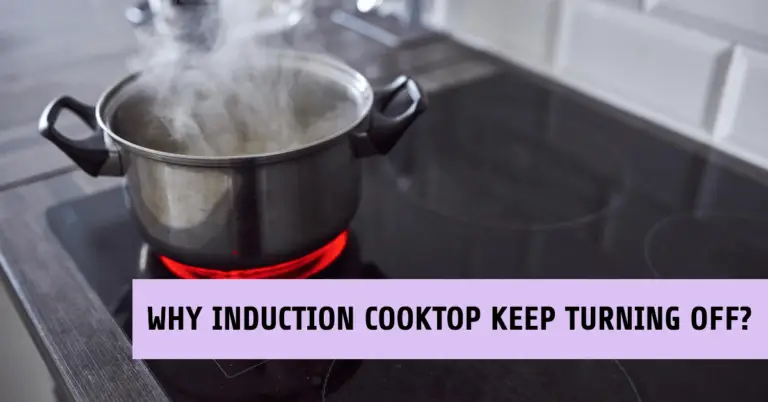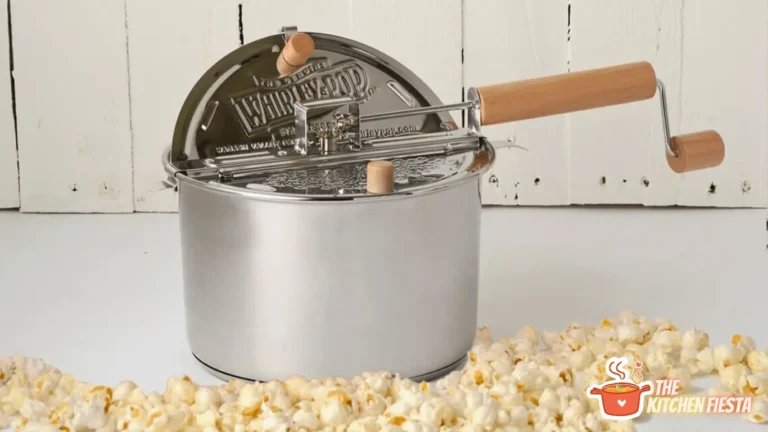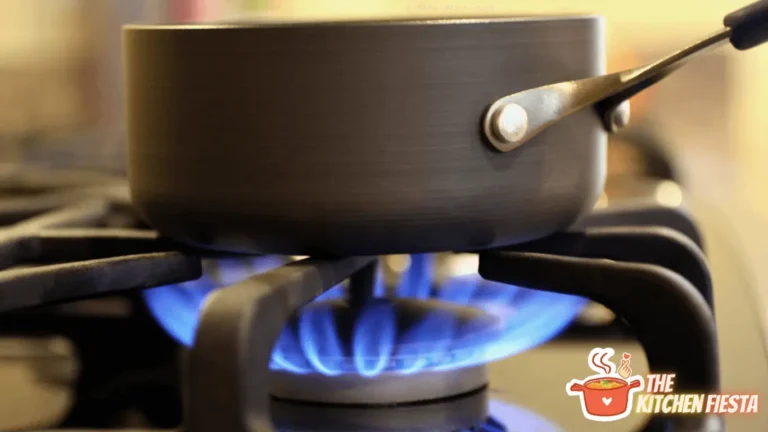How to Use a Stove: A Clear and Confident Guide
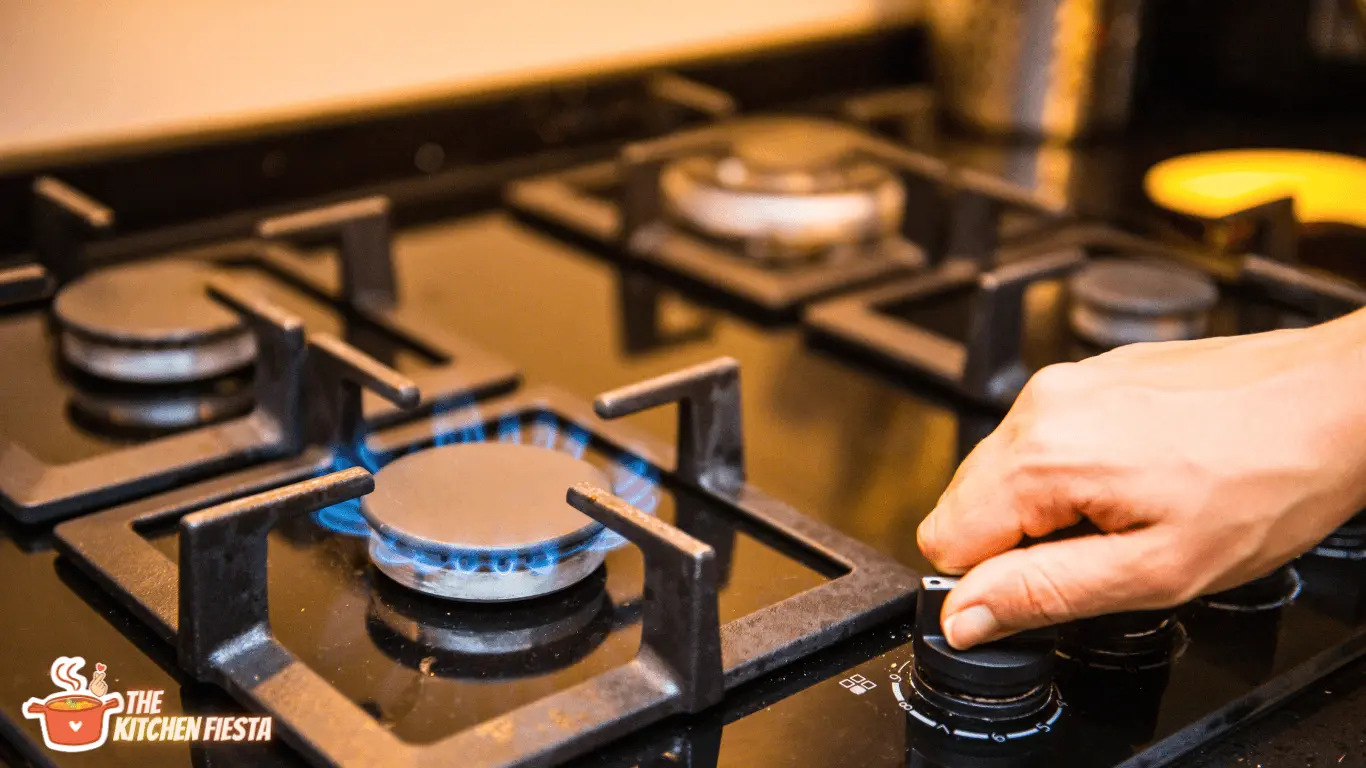
Cooking on a stove is a fundamental skill that everyone should learn. Whether it’s a gas, electric, or wood stove, knowing how to use it properly can make a huge difference in the quality of your meals. This article will provide a comprehensive guide on using different types of stoves safely and efficiently.
The first step in using a stove is to familiarize yourself with its features. Electric stoves, for example, have different types of burners that require different cooking techniques. Gas stoves, on the other hand, have knobs that control the flow of gas to the burners. Wood stoves require more preparation and maintenance to ensure they are working properly. By understanding the unique features of your stove, you can ensure that you are using it correctly and safely.
In the following sections, we will provide step-by-step instructions on how to use each type of stove. We will cover everything from turning on the stove to adjusting the temperature and cooking different types of food. By the end of this article, you will have all the knowledge you need to become a confident and skilled stove user.
Understanding Different Types of Stoves
When it comes to cooking, the stove is an essential appliance in any kitchen. However, not all stoves are created equal. Various types of stoves are available in the market, each with unique features and benefits. Understanding the different types of stoves can help you choose the right one for your cooking needs.
Gas Stoves
Gas stoves are a popular choice for many home cooks. They use natural gas or propane to fuel the burners, which provide instant heat. One of the advantages of gas stoves is that they offer precise temperature control, making them ideal for cooking dishes that require different heat levels. Gas stoves are also relatively easy to clean and maintain.
Electric Stoves
Electric stoves use electricity to power the burners, which heat up when electricity flows through them. One of the benefits of electric stoves is that they are more energy-efficient than gas stoves. They also come in different types, such as coil and smooth-top, and offer a range of features, such as timers and self-cleaning options.
Induction Stoves
Induction stoves are newer stove that uses electromagnetic energy to heat up the cookware directly. They are more energy-efficient than gas and electric stoves and offer precise temperature control. Induction stoves also cool down quickly, making them safer to use than gas and electric stoves.
Dual-Fuel Stoves
Dual-fuel stoves combine the benefits of gas and electric stoves. They typically have a gas cooktop and an electric oven, providing precise temperature control for both cooking methods. Dual-fuel stoves are ideal for home cooks who want the best of both worlds.
Wood-Burning Stoves
Wood-burning stoves are a traditional type of stove that uses wood as fuel. They offer a unique cooking experience, providing a smoky flavor to dishes. However, they require more attention and maintenance than other stoves, as you must keep a good supply of wood.
Safety Precautions
Handling the Stove
When it comes to using a stove, safety should be a top priority. Before using the stove, read the manufacturer’s instructions carefully. Here are some safety precautions to keep in mind:
- Keep the stove clean and free of clutter. Wipe up any spills or grease immediately to prevent a fire.
- Never leave the stove unattended while cooking. If you need to leave the kitchen, turn off the stove.
- Use the right size pot or pan for the burner. A pot that is too small or too large can cause a fire or spillover.
- Always use oven mitts or potholders when handling hot pans or dishes. Do not use wet potholders, as they can cause burns.
- Make sure the stove is turned off and cooled down before cleaning it.
Preventing Accidents
Preventing accidents is crucial when using a stove. Here are some tips to help you prevent accidents:
- Keep flammable items away from the stove, such as paper towels and dish towels.
- Install an anti-tip bracket to keep the stove in place.
- If you smell gas, turn off the stove and open a window to let the gas escape. Do not turn on any lights or appliances, as this could create a spark and cause an explosion.
- Make sure a qualified technician installs the stove to work safely.
- Tie back long hair and tuck in loose clothing when cooking to prevent them from catching fire.
- Never use the stove to heat your home or apartment. This can cause carbon monoxide poisoning.
You can use your stove safely and prevent accidents by following these safety precautions.
Operating the Stove
Using Gas Stoves
Gas stoves are a popular choice for many households. To operate a gas stove, follow these steps:
- Check for any leaks: Before turning on the gas stove, check for any leaks by smelling around the stove. If you smell gas, turn off the gas supply and call a professional to fix the problem.
- Turn on the gas: Turn on the gas knob and light the burner with a match or lighter. Keep the flame close to the burner until it lights up.
- Adjust the flame: Once the burner is lit, adjust the flame to the desired level using the knob.
- Turn off the gas: When you’re done using the stove, turn off the gas knob to prevent leaks.
Using Electric Stoves
Electric stoves are another popular type of stove. Here’s how to operate an electric stove:
- Turn on the stove: Turn on the stove by pressing the power button.
- Adjust the temperature: Adjust the temperature using the temperature control knob.
- Use the burners: Place the pot or pan on the burner and adjust the temperature as needed.
- Turn off the stove: When you’re done cooking, turn off the stove by pressing the power button.
Using Induction Stoves
Induction stoves are a newer type of stove that uses electromagnetic energy to heat up the pot or pan. Here’s how to operate an induction stove:
- Turn on the stove: Turn on the stove by pressing the power button.
- Place the pot or pan on the burner: Only pots and pans made of ferromagnetic materials (such as cast iron or stainless steel) will work on an induction stove.
- Adjust the temperature: Adjust the temperature using the temperature control knob.
- Turn off the stove: When you’re done cooking, turn off the stove by pressing the power button.
Remember always to follow the manufacturer’s instructions for your specific stove model.
Cleaning and Maintenance
Keeping your stove clean and well-maintained is essential for its longevity and efficient performance. Here are some tips on how to clean and maintain your stove.
Routine Cleaning
Routine cleaning is essential to keep your stove looking and functioning like new. Here are some tips for routine cleaning:
- Clean the stove after each use to prevent the buildup of grease and grime.
- Use a soft cloth or sponge to wipe the stove with warm, soapy water.
- Avoid using abrasive cleaners or scrubbers that can scratch the stove’s surface.
- Clean the burners and grates regularly to prevent food and grease buildup.
- Use baking soda and water paste to remove tough stains on the burners and grates.
- Wipe down the exterior of the stove with a damp cloth to remove any dust or debris.
Deep Cleaning
Deep cleaning is necessary to remove stubborn stains and grease buildup on your stove. Here are some tips for deep cleaning:
- Please turn off the stove and allow it to cool completely before cleaning.
- Remove the burners and grates and soak them in warm, soapy water for 15-20 minutes.
- Use baking soda and water paste to scrub the burners and grates to remove stubborn stains.
- Wipe down the stove’s surface with a degreaser to remove grease buildup.
- Use a cooktop cleaner and a soft cloth to polish the stove’s surface and remove any remaining stains.
By following these routine and deep cleaning tips, you can keep your stove looking and functioning like new for years to come.
Troubleshooting Common Issues
Identifying Problems
When using a stove, it is common to encounter problems such as burners not lighting, uneven heating, or strange noises. The first step in troubleshooting is to identify the problem. Here are some common issues and their potential causes:
- Burners not lighting: This could be due to a clogged burner, ignition system, or a faulty control module.
- Uneven heating: This could be caused by a dirty or damaged burner or a problem with the gas supply.
- Strange noises: This could be due to loose or damaged parts, such as burner grates or gas valves.
Basic Fixes
Once you have identified the problem, there are some basic fixes you can try before calling a professional:
- Clean the burners and grates: Remove any food debris or buildup blocking the burners or grates. Soak them in hot, soapy water and scrub them with a stiff brush.
- Check the gas supply: Make sure the gas supply is turned on, and the gas line is not damaged or blocked.
- Inspect the ignition system: Check the spark electrode and module for any damage or wear and tear. Replace them if necessary.
- Tighten loose parts: Check for loose burner grates, gas valves, or other parts and tighten them as needed.
If these basic fixes do not solve the problem, it may be necessary to call a professional for further troubleshooting or repairs. Remember to always disconnect the appliance from its power supply before attempting any repairs or maintenance.
Conclusion
In summary, a stove is a versatile kitchen appliance that combines a cooktop and an oven in one unit. Stoves come in different sizes and designs to cater to various cooking needs and preferences.
When choosing a stove, it is essential to consider factors such as the type of fuel, the size of the unit, the cooking features, and the budget. Additionally, using the stove safely and efficiently is crucial to avoid accidents and save energy.
To use a stove effectively, one should follow the manufacturer’s instructions, maintain the unit regularly, and use the right cookware. Furthermore, it is advisable to use high-efficiency stoves that help ensure that the fuel is completely combusted, resulting in less pollution and more heat.
Overall, a stove is an essential appliance in any kitchen, and using it correctly can make cooking easier, faster, and more enjoyable.
Frequently Asked Questions
How do I safely use a gas stove?
When using a gas stove, proper ventilation is crucial. Ensure your kitchen has an exhaust fan or hood to eliminate smoke and harmful gases from the cooking area. Familiarize yourself with your gas stove’s different controls and features, and always keep flammable materials away from the stove.
What is the proper way to light a gas stove?
Before lighting a gas stove, ensure all the burners are turned off. Then, turn the knob for the burner you want to light to the “light” position and hold a lighter or match to the burner. Once the burner lights, adjust the flame to the desired level.
How do I turn on a gas stove burner?
To turn on a gas stove burner, turn the knob for the burner you want to use to the “on” position. Then, use a lighter or match to light the burner. Once the burner is lit, adjust the flame to the desired level.
How do I use a stove oven?
To use a stove oven, turn the oven knob to the desired temperature and wait for the oven to preheat. Once the oven is preheated, place your food inside and set a timer for the appropriate cooking time.
What are the steps to using a gas stove for the first time?
Before using a gas stove for the first time, ensure it is properly installed and ventilated. Familiarize yourself with your gas stove’s different controls and features, and always keep flammable materials away from the stove. When ready to use, turn on the gas and light the burner with a lighter or match.
How do I switch on a gas stove with a lighter?
To switch on a gas stove with a lighter, turn the knob for the burner you want to use to the “on” position. Then, hold a lighter or match to the burner until it lights. Once the burner is lit, adjust the flame to the desired level.



